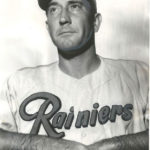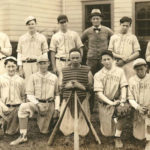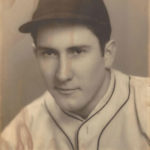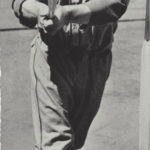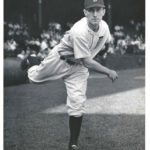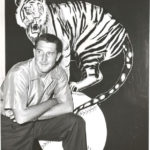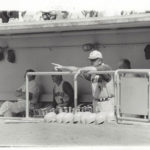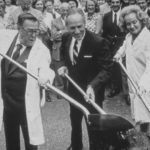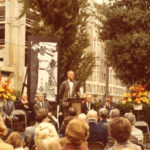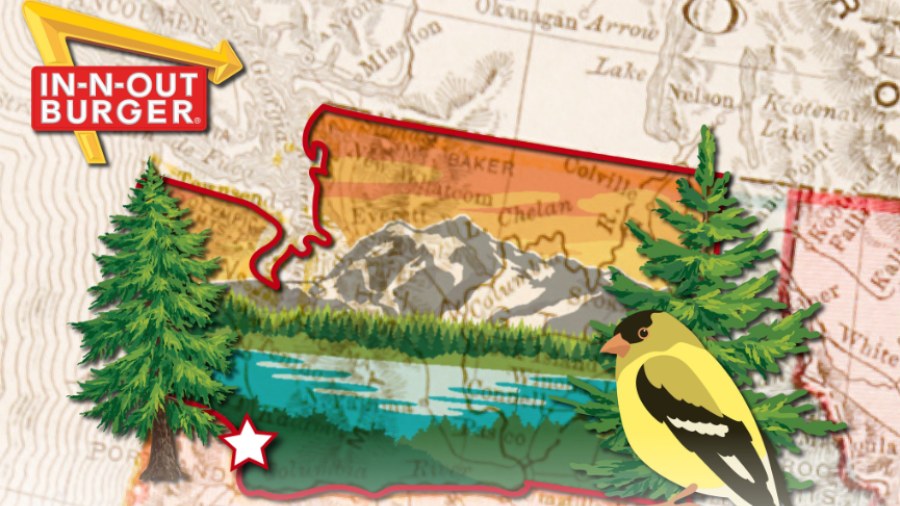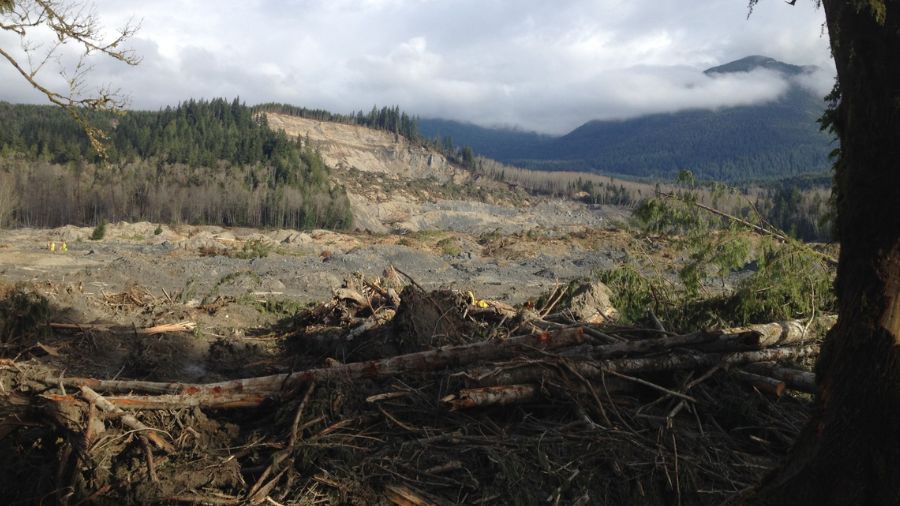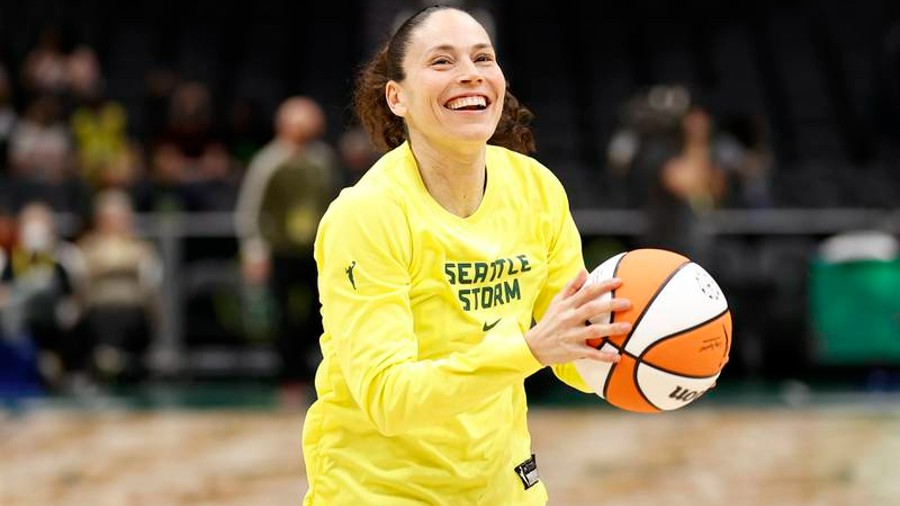Fred Hutchinson and Seattle’s baseball renaissance of 1938
Sep 12, 2018, 6:59 AM | Updated: 7:34 am
It seemed as if Europe was teetering on the brink of war on September 12, 1938. It was the midst of the Munich Crisis, and Prime Minister Neville Chamberlain of the United Kingdom was negotiating with Chancellor Adolf Hitler over Nazi Germany’s occupation of a portion of Czechoslovakia called the Sudetenland.
Meanwhile, in the United States, plenty of people were glued to their radios waiting to learn what would happen next, as bulletin-after-bulletin got in the way of regular programming, like comedy, drama and baseball games.
The bulletins were so numerous, radio historians say, one joke at the time went something like, “We interrupt this bulletin to bring you this regularly scheduled program.” In Seattle, too, people paid attention to the news from Europe. But they also had one very pleasant distraction in the form of the 1938 Seattle Rainiers baseball team of the old Pacific Coast League.
RELATED: Remembering the Seattle pilots
That busy long-ago September 12, 1938 in Europe was a day of rest for the Rainiers. The day before, the team had taken both games of a doubleheader against the Hollywood Stars at Sicks Stadium, where Lowe’s Home Improvement now stands on Rainier Avenue. It was the Rainier’s tenth and eleventh straight victories, and they’d won 25 of their last 28. There was a week to go in the season, and the Pacific Coast League pennant was in sight.
“This was really the beginning of a baseball renaissance in Seattle,” said local sports historian David Eskenazi by phone a few days ago, explaining how 1938 was the first year for the Seattle Rainiers and for their new stadium on Rainier Avenue.
“They went from being a second division, cellar-dwelling team [known as] the Seattle Indians, who played at a ramshackle old converted football field, into this very successful franchise in a brand-new ballpark,” Eskenazi said, describing Sicks Stadium as a “beautiful concrete and steel art deco design” that was the “finest minor league ballpark on the West Coast.”
And, Eskenazi says, under new owner Emil Sick, of Rainier Brewery fame, the team was stocked with local heroes, like Edo Vanni from Queen Anne High School and Dewey Soriano from Franklin High School.
“So Seattle was baseball-crazy at the time,” Eskenazi said. “And you have to remember, there’s no professional football, there’s no professional basketball, there’s Husky football, but [Seattle Rainiers’ baseball] was a real big deal.”
Another one of those local heroes, says David Eskenazi, was pitcher and 1938 Franklin High School graduate Fred Hutchinson, who the Seattle Times called Freddy “Iceman” Hutchinson, for his coolness under pressure.
“He signed with the brand-spanking new Seattle Rainiers baseball team in 1938, so a local kid, and he was a phenom, he won 25 games as an 18- and 19-year old in 1938,” Eskenazi said.
“Fred Hutchinson was the toast of the town,” during that 1938 season, Eskenazi said, after notching win after win throughout the early months of the season – which began in the old Civic Stadium (at the site of what’s now Memorial Stadium), and then moved into the brand-new park along Rainier Avenue when it was ready to play ball in June.
And, it wasn’t as if the Pacific Coast League was some rinky-dink amateur operation.
“Recall that this was when there was no Major League [baseball] teams west of the Mississippi,” said Eskenazi. “The Pacific Coast League was just a notch or so below the Major Leagues, and here’s an 18-year old kid winning 25 games.”
“He was the real deal,” said Eskenazi of Fred Hutchinson.
That magical 1938 season also included one of the most famous events in local sports lore. It all happened one Friday in August when Fred Hutchinson took to the mound on the Rainiers’ home field and drew the biggest crowd in the history of the young stadium.
“The seating capacity [at Sicks Stadium] was about 12,000, and I think there was 16,000 people there that night,” Eskenazi said. “They had them roped off in the outfield because everybody wanted to be there.”
And just what did the overflow crowd witness the young “Iceman” do?
“He won his 19th game of the season on his 19th birthday, August 12, 1938,” Eskenazi said.
And though Fred Hutchinson would leave Seattle after just one season with the Rainiers, David Eskenazi says the departure of Hutch was a big factor in the team’s success over the next three seasons.
In the parlance of the times, the Rainiers “sold” (not traded) Fred Hutchinson to the Detroit Tigers for a whopping $50,000 – double what the Yankees had paid the San Francisco Seals for Joe DiMaggio a few years earlier – and four players: JoJo White, George Archie, Tony Piet and Ed Selway.
It was three of those four players – all but Piet – says David Eskenazi, who would be key to the Rainiers’ success following the departure of Fred Hutchinson. The team would go on to win the Pacific Coast League Championship for three straight years, in 1939, 1940 and 1941.
“That’s the first time in 20 years that had been done,” Eskenazi said.
Fred Hutchinson went to the Detroit Tigers and played a total of 10 seasons, interrupted by four years of service in the Navy during World War II. Even so, he still won a total of 95 games during his Major League career.
Hutch came back to Seattle to manage the Rainiers in 1955 and won the pennant for what would turn out to be that team’s last time. Then, he went back to the majors and managed the St. Louis Cardinals in 1956 and 1957 before taking a job with the Cincinnati Reds, who he took to the 1961 World Series, losing to the Yankees in five games.
Fred wasn’t all sweetness and light, says David Eskenazi, and he earned a reputation for having something of a temper.
“I think Yogi Berra said at one point that when [the Yankees] followed Detroit into a particular town, [Berra] knew when he went into the dressing room, ‘if we had wooden chairs we knew that Detroit had won, if we had kindling, we knew that they’d lost,’” Eskenazi said.
Fred was so well-known for his temper, Eskenazi says, “they installed a punching bag in the locker room at Sicks Stadium when he was managing the Rainiers in 1955.”
Fred Hutchinson Cancer Research Center
David Eskenazi says that Hutchinson was managing the Cincinnati Reds when was diagnosed with cancer – a type of tumor known as a thymoma. He passed away in November 1964 at age 45, and is buried at Mount Olivet Cemetery in Renton.
David Eskenazi says it was partly Fred Hutchinson’s death from cancer that led to the Fred Hutchinson Cancer Research Center being founded and named in the pitcher’s memory.
Fred’s older brother Bill Hutchinson, who played one season for the old San Francisco Missions of the Pacific Coast League, was a surgeon in Seattle and helped treat Fred’s cancer. Bill then led the community effort, beginning in 1965 soon after Fred’s death, to raise money and to seek a $5 million federal grant in the early 1970s as part of the Nixon administration’s “war on cancer” to fund the new research center.
Groundbreaking for the center at its original location on First Hill was in August 1973; the Hutch moved to South Lake Union in the 1990s.
Deputy Director Dr. Fred Appelbaum is deputy director of the Fred Hutchinson Cancer Research Center. He joined staff at “The Hutch” just a few years after it opened, and he’s been on the job for 40 years.
Dr. Appelbaum concedes that “name recognition” in Seattle of who Fred Hutchinson was might not be as strong as it was a few decades ago. But, he says, the spirit of Hutch is very much alive in the annual Hutch Awards Luncheon and in at least one other meaningful way.
“By naming it after Fred Hutchinson, it does tie the center to the community in a very tangible way,” Dr. Appelbaum said. “If it was named after someone who was in some other state or other country, I don’t think it would make The Hutch’s roots part of Seattle.”
Keeping the spirit of Fred Hutchinson alive and reminding people who he was and what he represents, says Dr. Appelbaum, is one of the responsibilities of the research center.
“There’s no question that with time, you have to keep retelling the story or it definitely fades, so we do retell the story to people when they come to work when they’re new employees,” Dr. Appelbaum said.
“We love to tell the story,” he said. “It’s a great story.”
The story lives on
One other way the Fred Hutchinson story lives on year-round, or at least during baseball season, is through small but meaningful tributes on permanent display or, really, built into the infrastructure, of Safeco Field.
“There’s a bunch of tributes to him around the ballpark,” said David Eskenazi, including a large banner over one of the concession stands.
One tribute is more subtle, but is perhaps more powerful.
“The seat-end stanchions at Safeco Field [feature] a relief image of Fred rearing back to pitch as an 18-year old Seattle Rainiers pitcher,” said David Eskenazi, who helped come up with this particular tribute. “That’s on the end of every row of seats.”
As it turned out, war didn’t break out in Europe in September 1938. Negotiations delayed the inevitable for another year.
And when that magical 1938 season ended, the Seattle Rainiers hadn’t clinched the Pacific Coast League pennant. But they came pretty close, finishing second behind the Los Angeles Angels, and then losing to the San Francisco Seals in the first round of the playoffs.
The real magic – and the championship – would come next season.
And, once again in Seattle, 80 years after Fred Hutchinson took the city by storm, baseball fans are sitting in those rows of Hutch tribute seats and hoping the same might be true in 2018.


